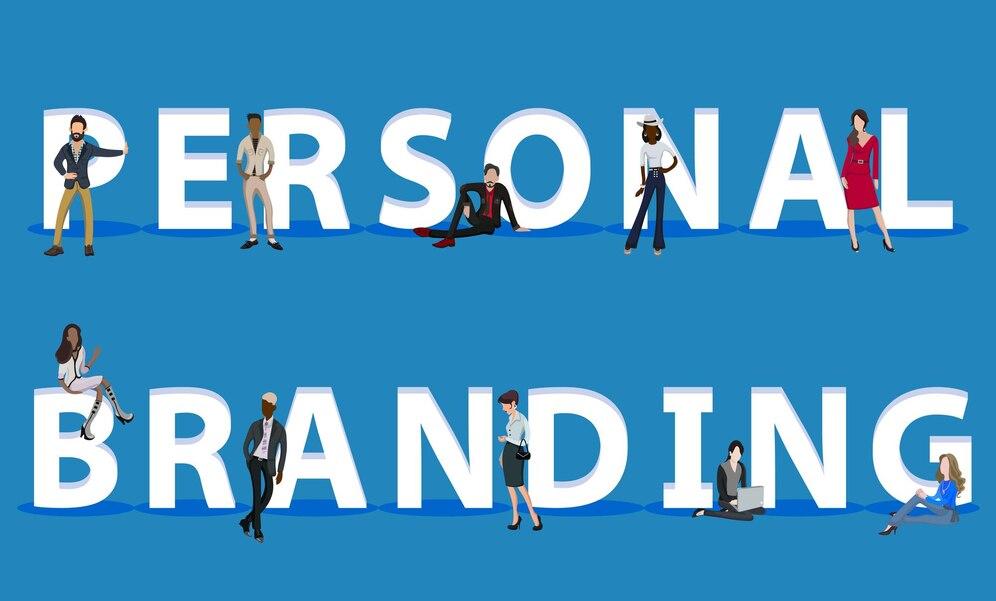Notifications

8 minutes, 19 seconds
-74 Views 0 Comments 0 Likes 0 Reviews

A few years ago, I used to think personal branding was something only influencers or CEOs needed. I was working hard, doing my job, staying consistent—but something felt off. I noticed people in my field were getting more recognition, more projects, and more opportunities, even though we had similar skills. That’s when I started paying attention to how people presented themselves—not just online but in every interaction.
I realized that people remembered those who told their stories well. Whether it was through social media, blogs, or the way they spoke at meetings, these individuals were intentional about how they showed up. I wanted to do that too—not for fame or applause, but because I wanted control over how people perceived my work and values.
Around the same time, I visited the vape shop in my neighborhood to try something new, and I noticed how even small stores were building brand identities. Their layout, their product display, the way the staff explained options—it was all part of a story. That stuck with me. If a local business could create such a strong impression, why couldn’t I do the same for myself?
When I first started shaping my personal brand, I focused on clarity. Who am I? What do I stand for? What kind of work do I want to be known for? These questions helped me define a direction. It wasn’t about being flashy—it was about being consistent and authentic.
Once I got clear on my values and goals, I started aligning all my digital profiles, portfolio, and even the way I communicated. Here’s what changed:
I updated my LinkedIn bio to reflect my expertise and current goals
I began posting weekly content related to my field
I joined discussions on platforms where my audience was active
I used my real experiences as content—failures, wins, lessons learned
It wasn’t about becoming someone new. It was about owning my story and sharing it in a way that added value to others. The results were subtle at first—a few more messages, some comments, invitations to collaborate. But they added up. People started remembering me for the things I talked about. And that’s when I saw the power of a personal brand in action.
The more I worked on my brand, the more I realized it wasn’t just about visibility—it was about trust. People want to connect with someone real, not perfect. By sharing my thoughts, showing my process, and responding to others in a genuine way, I built that connection.
Here’s what helped me build trust through my personal brand:
Show up consistently – I made it a point to engage online at least three times a week.
Be honest but constructive – I shared real challenges but always included what I learned.
Focus on giving, not selling – My posts weren’t just about me; they offered something useful.
Celebrate others – I made it a habit to support and highlight others in my network.
This approach not only made my online presence more authentic, but it also attracted opportunities that aligned with my values. People reached out not just because they saw my work—but because they felt they knew me.
In today’s world, people Google you before they meet you. Whether it’s for a job, a partnership, or a project, your digital footprint speaks before you do. That’s why having a personal brand matters—even if you’re not in a creative field.
For me, having a brand means I don’t need to start from zero in every conversation. My work, my voice, and my presence already lay the groundwork. It’s like showing up to a room where people already have an idea of what you bring—and that makes a big difference.
What I’ve found helpful is treating my personal brand like a living portfolio. It evolves with me. Every project, post, and interaction is a way to add new layers to it. And I don’t have to be everywhere—I just need to be intentional where it matters.
I think of it the same way I think about my preferences when choosing from popular vape brands. Each brand tells a story, stands for something, and caters to a certain experience. That alignment between brand and user builds loyalty. The same thing happens with personal brands—when people see that you stand for something clear and valuable, they’re more likely to trust and support you.
Building a personal brand in 2025 isn’t optional—it’s a way to stand out in a world where everyone has a voice. It’s not about creating a version of yourself that looks good. It’s about showing up as the best version of who you already are—and doing it consistently.
I started with small steps. I looked at what I was already doing and made sure it aligned with what I wanted to be known for. I shared my journey, not just my achievements. And I stayed open to learning from others along the way.
Today, I feel more in control of my narrative. I’ve built a network that reflects my values, and I get to do work that feels aligned with who I am. That’s the power of personal branding—and why I believe everyone can benefit from building theirs.

